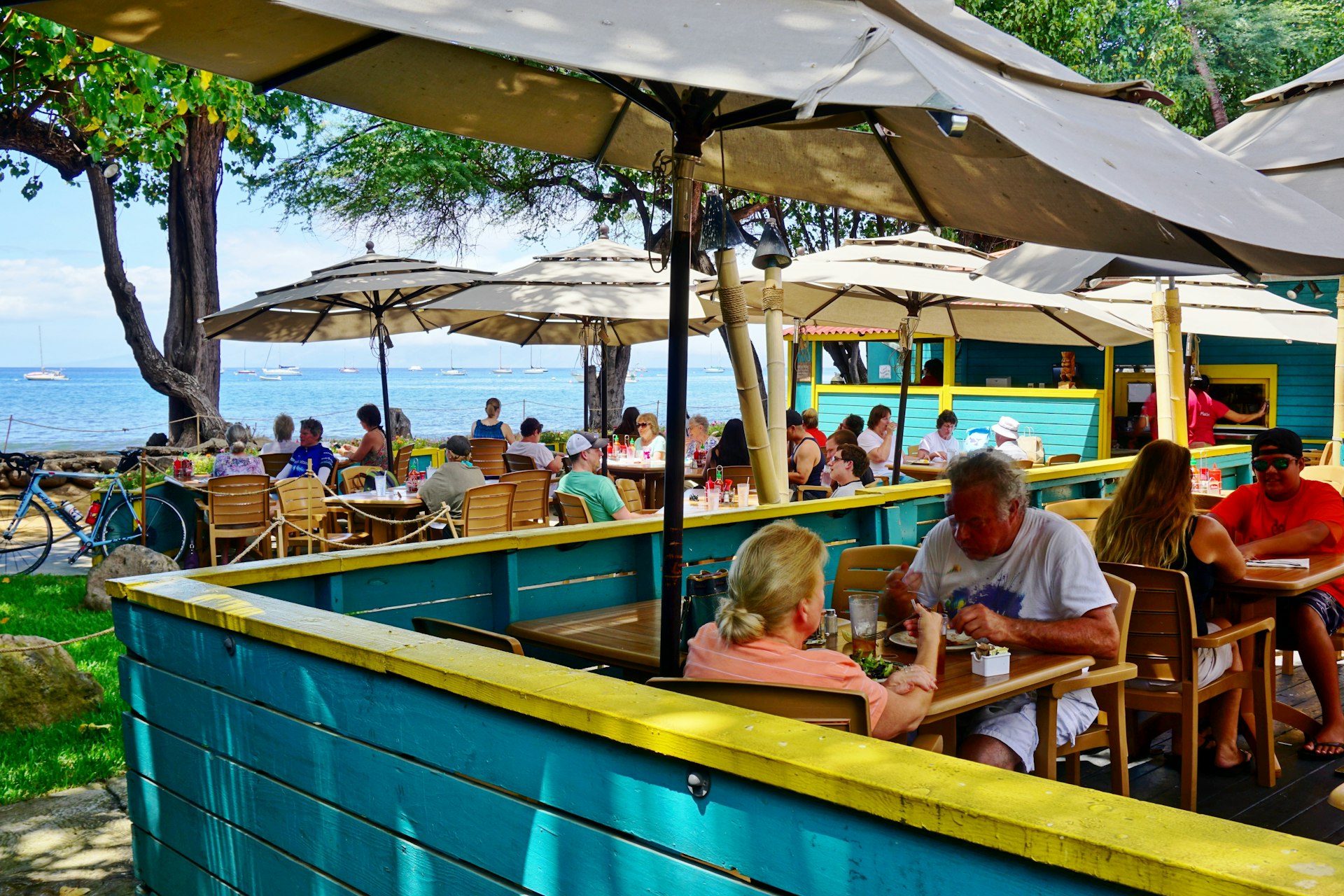Hawaii will launch a new digital app that allows people to show their vaccination status on their smartphones at venues where it's required. The move comes as Maui and O'ahu prepare to ban people from entering places like restaurants and bars if they cannot prove their COVID-19 health status.
Governor David Ige said the Hawaii Smart Health Card will launch on Friday, September 10 and will be available through the Safe Travels Hawaii website. Users will have to create an account, if they haven't already, then fill out the required information. Participation is voluntary, but the feature will be particularly useful for people in Maui and O'ahu as venues begin requiring health passes next week to certify that individuals are vaccinated.
The Hawaii SMART Health Card is rolling out for those who want a way to be able to store and carry their vaccination cards digitally. The feature is available on https://t.co/DXSQNJouYO. pic.twitter.com/SG37gtlqzU
— Governor David Ige (@GovHawaii) September 8, 2021s.
"Participation in the Hawaii Smart Health Card is voluntary. It is strictly a convenience for those residents who have been vaccinated here in the state of Hawaii," Ige said at a news conference via the Associated Press.
Tourists cannot sign up to the Hawaii Smart Health Card program but they can still present an official paper version of their vaccination card, that is the white Centers for Disease Control and Prevention (CDC) card for those visiting from the mainland.

O'ahu will begin requiring proof of vaccination from September 13 for people seeking to enter restaurants or bars, or visit a museum, cinema, theather, arcade, gym or similar indoor venue. Called the Safe Access O'ahu program, it will be required of all patrons and employees of such establishments to show proof of full vaccination from COVID-19, or a negative result from a test taken within the last 48 hours. Children under the age of 12 are exempt.
People visiting a restaurant for less than 15 minutes i.e. to collect take-away food or drinks are also exempt.
Read more: What you need to know about traveling to Hawaii right now

The program is a way to avoid a new lockdown in the face of fast-rising COVID-19 infections and curb the spread of the Delta variant. Rick Blangiardi, mayor of Honolulu, said the program will be in place for 60 days as officials test its effectiveness.
"I really want this to come off as really more common sense and appeal in what we’re trying to do to combat this Delta variant and where we are with case counts, and really for the sake of the community," Blangiardi told reporters.
In addition to the Safe Access O'ahu program, officials are implementing a 10pm cut-off time for alcohol sales at establishments that sell alcohol for "on-premises consumption" such as bars and restaurants.
How to present proof of vaccination
Proof of full vaccination means that two weeks have passed since your final recommended vaccination dose. To present that proof you'll need a hard copy of a state-approved vaccination card such as the white Centers for Disease Control and Prevention (CDC) card; a photograph or , if you were vaccinated in the state, the Hawaii Smart Health Card mobile app.
Meanwhile Maui is preparing to implement a similar scheme on September 15 at "high-risk" venues where the virus could easily spread. Called "Safer Outside", the program will require people to prove their vaccination status at restaurants, bars and gyms. A negative COVID-19 test will not be accepted.
You might also like:
This Hawaiian island plans for fewer visitors as it pushes for sustainable tourism
4 ways Hawaii is coping with a tourist influx as COVID-19 restrictions lift
'This behavior is unacceptable' - Hawaii visitors warned to stay away from monk seals












